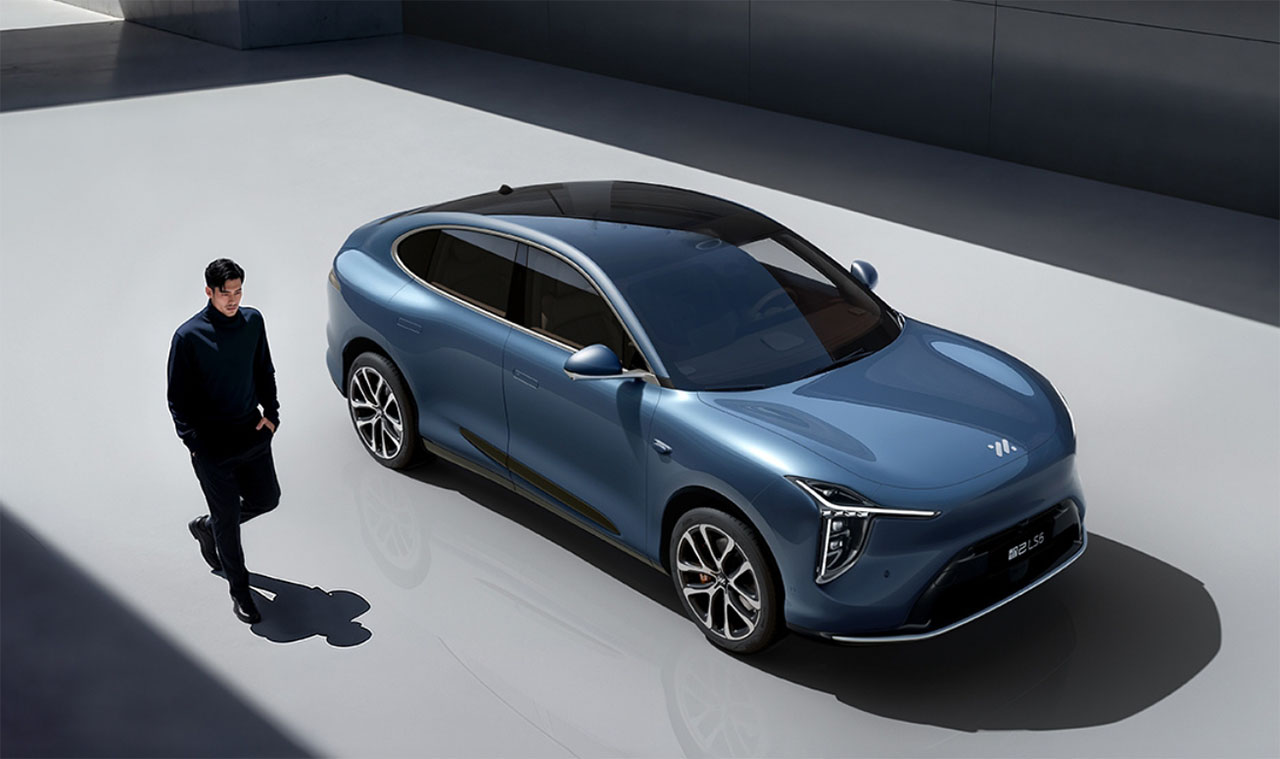IM Motors unveils extended-range system just like putting an engine in a Tesla Model Y
IM Motors claims its extended-range system achieves three times the range of the Model Y using a similar battery capacity.

- IM Motors claims its extended-range system achieves three times the range of the Model Y using a similar battery capacity.
- The first model to feature the system is the new IM LS6, which will begin pre-sales on August 15.
As automakers seek to cater to Chinese consumers' preference for extended-range electric vehicles (EREVs), SAIC Motor's (SHA: 600104) electric vehicle (EV) unit, IM Motors, has taken such models to the next level.
The EV maker yesterday unveiled its extended-range system, named Hengxing (literally meaning "star"), officially joining the ranks of domestic automakers developing EREVs.
The system features a battery pack with a capacity of up to 66 kWh, providing a CLTC range of up to 450 kilometers, and supports 800-volt high-voltage fast charging. When fully fueled and charged, the system can provide a range of up to 1,500 kilometers.
IM Motors claims that its system can provide three times the range of Tesla (NASDAQ: TSLA) Model Y with the same battery pack capacity.
This is indeed the case. The entry-level Model Y currently sold in China is equipped with a battery pack with a capacity of only 62.5 kWh and a CLTC range of 593 kilometers.
Nio Inc (NYSE: NIO) sub-brand Onvo's first model, the L60, also comes standard with a 60-kWh battery pack, providing a CLTC range of 555 kilometers.
EREVs are typically built on a pure electric platform, with power coming from the battery, while the additional engine serves only as a generator to charge the battery when the battery power is low.
IM Motors' approach essentially amounts to installing an engine into a Model Y or an Onvo L60, aiming to attract customers with the range-anxiety-free driving experience of a battery electric vehicle (BEV).
The EV maker claims to have pioneered a new category of new energy vehicles (NEVs), making its EREV models equipped with built-in superchargers.
The 66-kWh battery pack is the Max variant of CATL's (SHE: 300750) Freevoy battery, currently the largest battery pack in the EREV segment.
The battery supports a 4C charging rate, with a peak charging power of up to 268 kW, enabling 310 km of range in just 15 minutes of charging.
CATL launched the Freevoy Super Hybrid Battery for hybrid vehicles in October 2024, stating that it heralded a new era of high-capacity EREV and plug-in hybrid electric vehicle (PHEV) batteries.
This move comes as large-battery hybrid vehicles are becoming increasingly popular in China.
In June, the average capacity of battery packs for PHEV models was 29.1 kWh, exceeding 29 kWh for the third consecutive month, according to data from the China Automotive Battery Innovation Alliance (CABIA).
By comparison, in early 2020, the average capacity of battery packs for PHEV models was around 20 kWh.
IM Motors' first vehicle equipped with this extended-range system is the new LS6 SUV (sport utility vehicle), which will begin pre-sales on August 15.
In addition, it will launch another model equipped with this system in the fourth quarter, the LS9 large six-seat SUV.
IM Motors currently sells the IM L6 and IM L7 sedans, as well as the IM LS6 and IM LS7 SUVs, all of which are BEV models, in China.
Most of China's earliest EV startups initially targeted the BEV market, but experience over the past few years has shown that PHEVs, including EREVs, are currently the most popular models in the electrification transition.
To date, Nio is almost the only Chinese EV maker that remains committed to producing only BEVs.
Xpeng (NYSE: XPEV) unveiled its extended-range system, called the Kunpeng Super Electric System, in November 2024, claiming that vehicles equipped with the system will have a battery range of up to 430 kilometers and a combined range of up to 1,400 kilometers.
Disclaimer: The views in this article are from the original Creator and do not represent the views or position of Hawk Insight. The content of the article is for reference, communication and learning only, and does not constitute investment advice. If it involves copyright issues, please contact us for deletion.